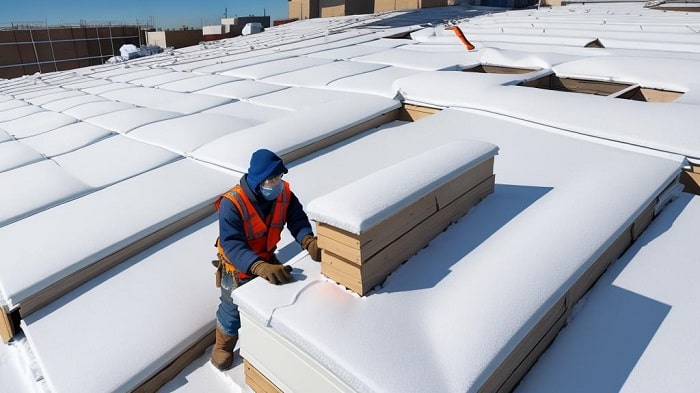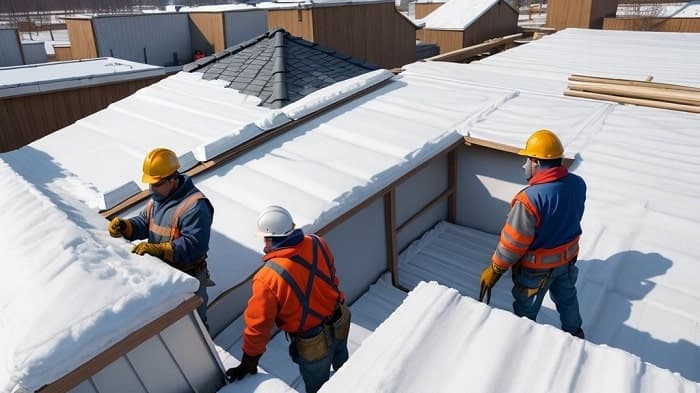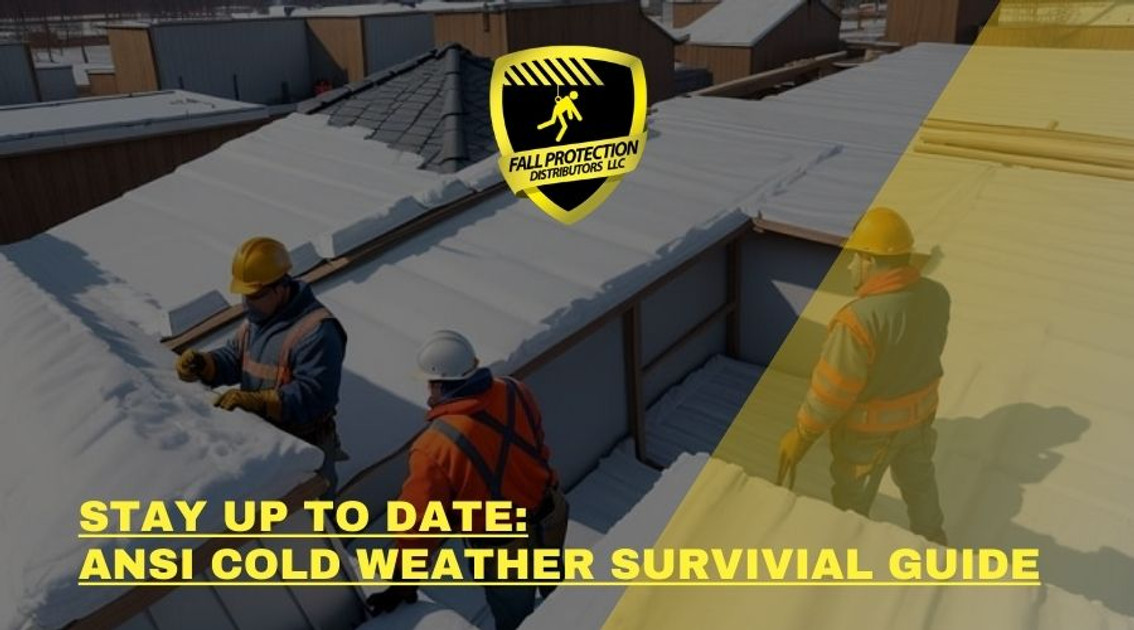OSHA Cold Weather Guide
Posted by Howie Scarboro - CEO Fall Protection Distributors, LLC on Dec 5th 2023
With winter temperatures plummeting, there is an increased risk of cold stress for workers, especially those in industries like construction, outdoor agriculture and freezer operations. The Occupational Safety and Health Administration (OSHA) has recently published guidelines to ensure the well-being of workers exposed to cold temperatures. In this article, we will delve into OSHA’s insights and tips for working in these conditions.
Understanding Cold Stress;
Temperatures combined with winds often measured as wind chill accelerate the loss of body heat, putting workers at risk of cold stress. This condition can affect anyone working under cold conditions, including individuals in freezers, outdoor agriculture settings and construction sites. OSHA has identified three forms of stress;

1. Hypothermia;
Occurs when the body temperature drops to 95°F or lower. Symptoms range from shivering and confusion to loss of consciousness and even death.
2. Frostbite;
Refers to the freezing of body tissues in extremities such, as hands and feet. Symptoms include a loss of sensation in the skin, patches of gray or white, hard skin and blisters.
3. Trench Foot (Immersion Foot);
Trench foot is a freezing injury that occurs when the foot is exposed to wet and cold environments for an extended period. Signs of trench foot include redness, swelling, numbness and the formation of blisters.
Identifying Risk Factors;
There are factors that contribute to the risk of stress. These include dressing, exposure to wet clothing or skin and exhaustion. It is crucial for both employers and workers to recognize these risk factors and take measures.
OSHA’s Recommendations for Prevention;
1. Training;
Employers should provide training to workers on the hazards associated with cold exposure as well as prevention strategies.
2. Engineering Controls;
Implementing engineering controls like heaters can help counteract conditions in the workplace.
3. Gradual Exposure;
Gradually introducing workers to environments while monitoring their well-being is important.
Scheduling breaks in areas allows for recovery from exposure to cold.
Protecting Workers from Cold Stress.
Quick Tips;
1. Awareness of Symptoms;
It's important to be familiar with the symptoms of cold exposure so that individuals can monitor themselves and their coworkers effectively.
2. Staying Hydrated;
It's important to drink fluids with electrolytes to keep yourself hydrated.

3. Choosing the Right Clothing;
Dress in layers of insulating clothes. If needed, make sure to wear jackets, gloves, hats and waterproof boots. Layers can be removed or added as required to maintain appropriate body temperatures while preforming various level of physical tasks.
Responding to Cold Stress Incidents;
1. Dealing with Hypothermia;
Call 911 for help.
Move the worker to a warm place help them change into dry clothes and cover them with blankets.
If they are alert and responsive, offer fluids with electrolytes or sweetness. Apply heat packs to specific areas.
2. Managing Frostbite;
Follow the same steps as for hypothermia.
Refrain from rubbing the area, avoid putting weight on affected feet, and refrain from applying snow or water.
3. Addressing Trench (Immersion) Foot;
Take off shoes/socks. Allow them to air-dry in a warm area; keep the affected feet elevated.
Avoid walking on them and seek medical attention.
In industries like construction, worker safety is of utmost importance therefore it is crucial to address the challenges posed by cold weather.
By following the guidelines set by OSHA, employers can establish a work environment to protect the well-being of their employees during the colder months. It is important to stay informed, remain attentive, and keep warm. Safety is always the #1 priority regardless of the season.
With a complete line of fall protection equipment, Fall Protection Distributors can assist you in all of your sourcing requirements.

